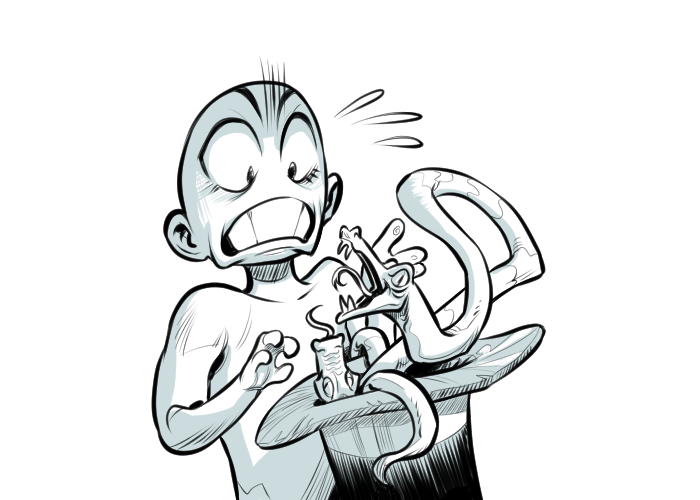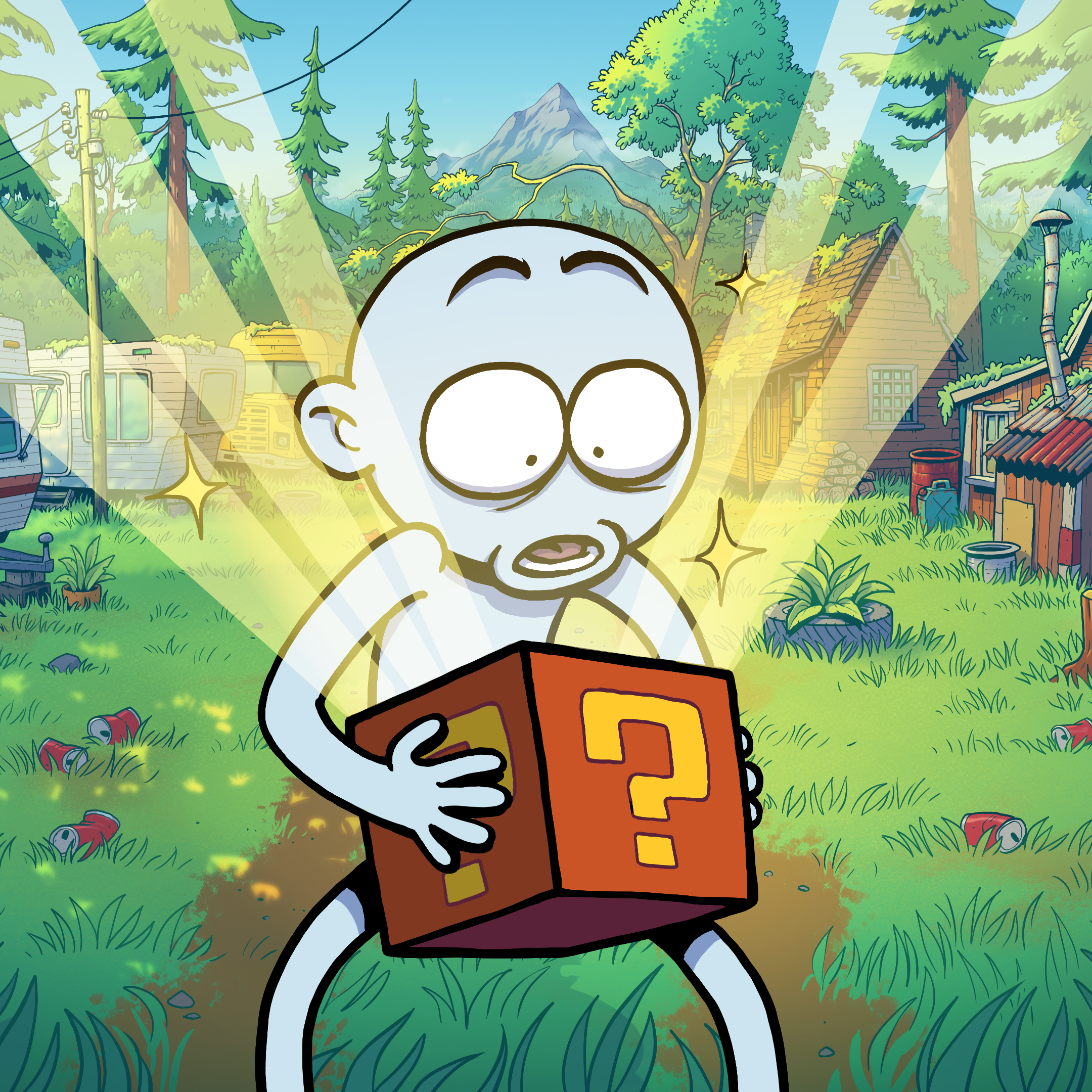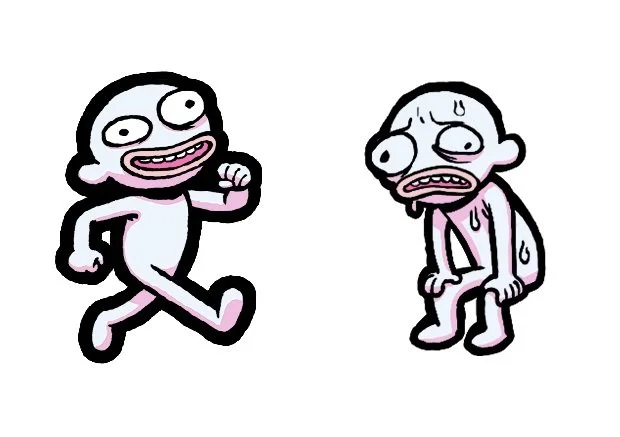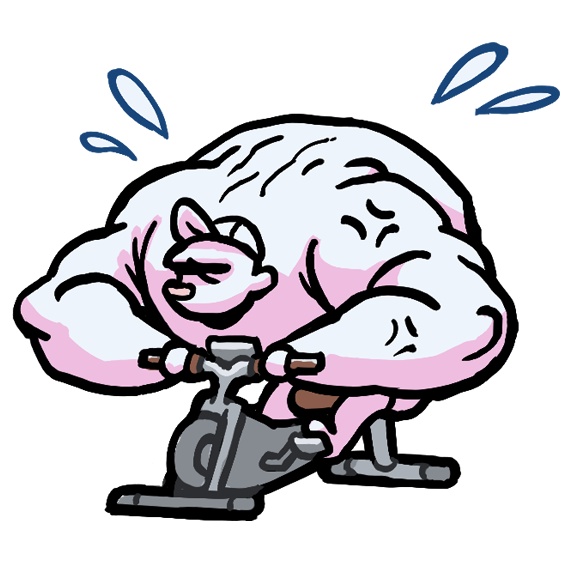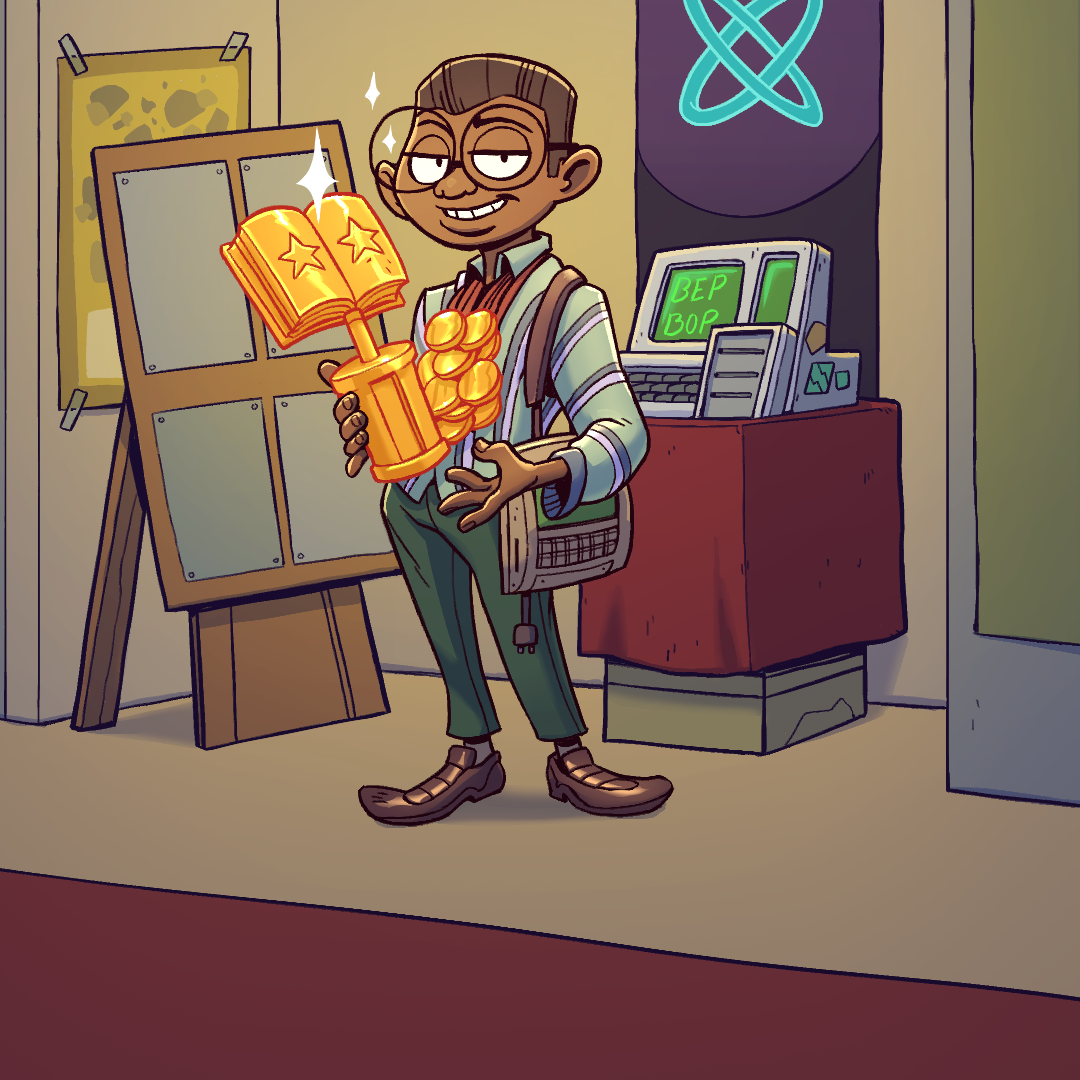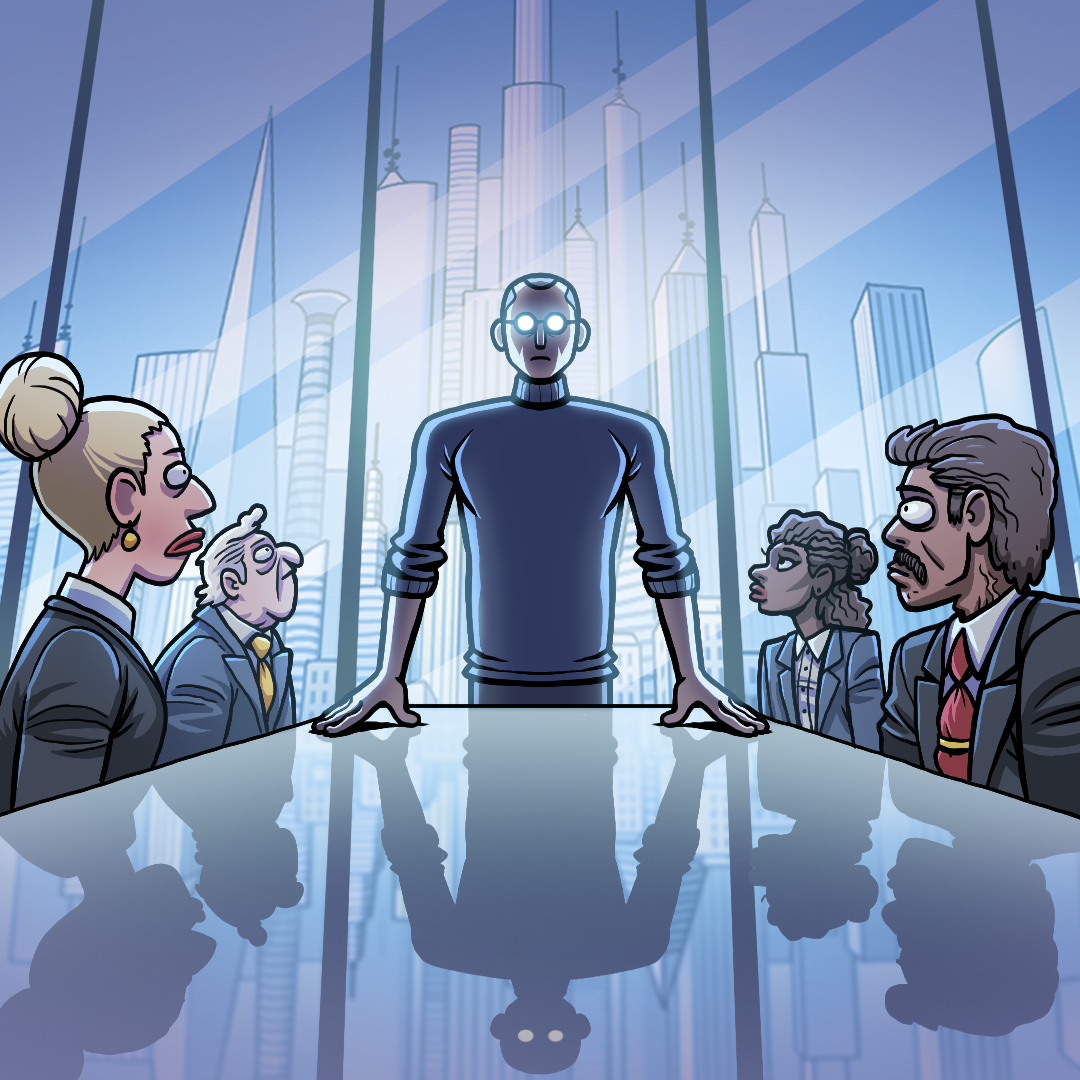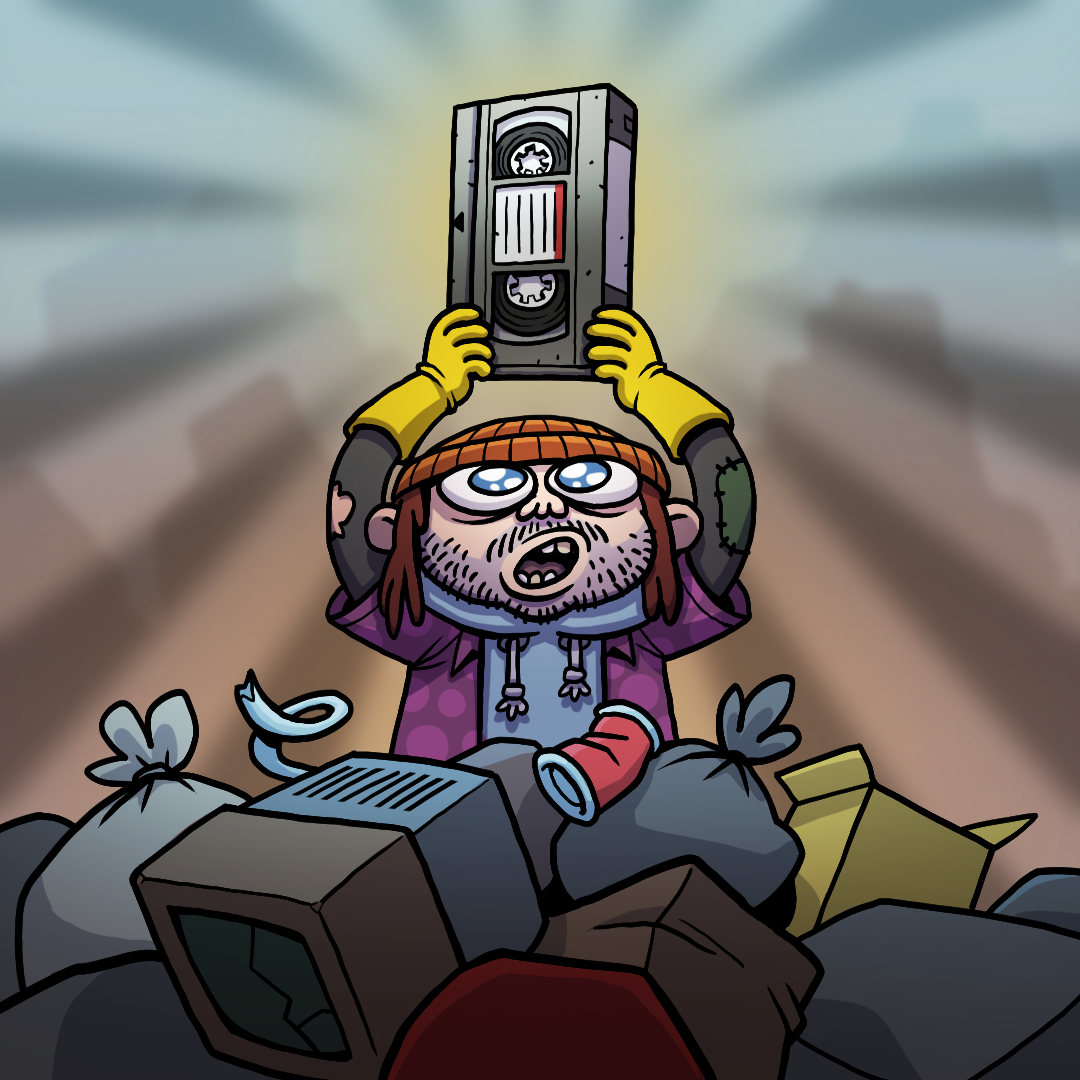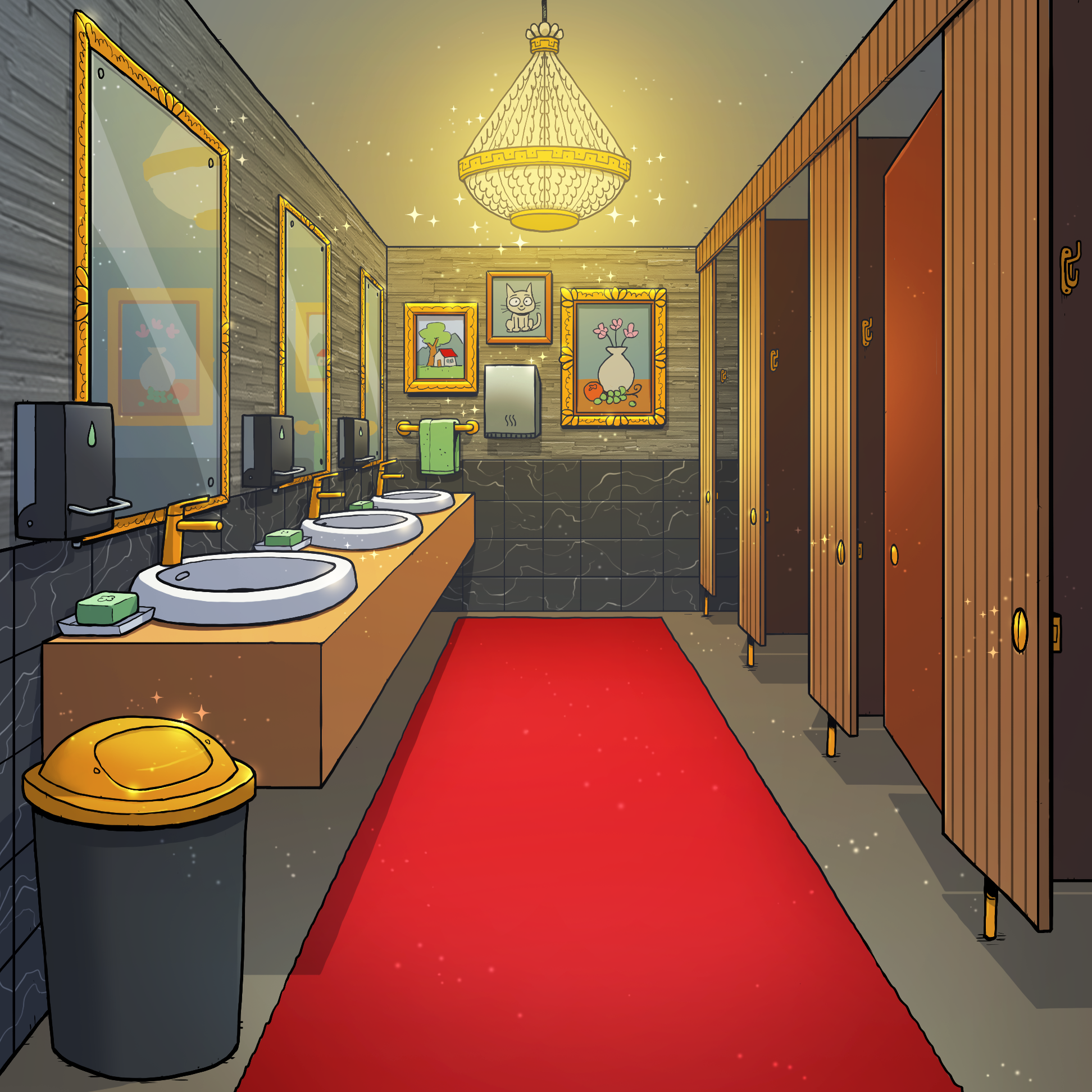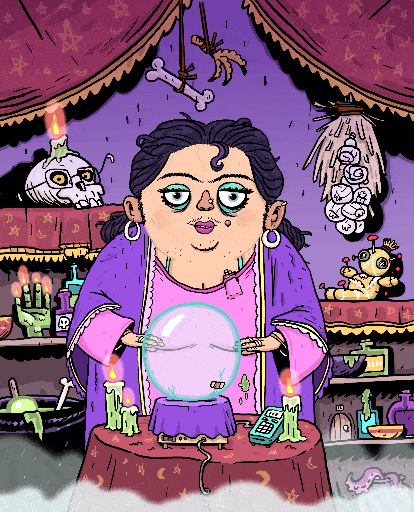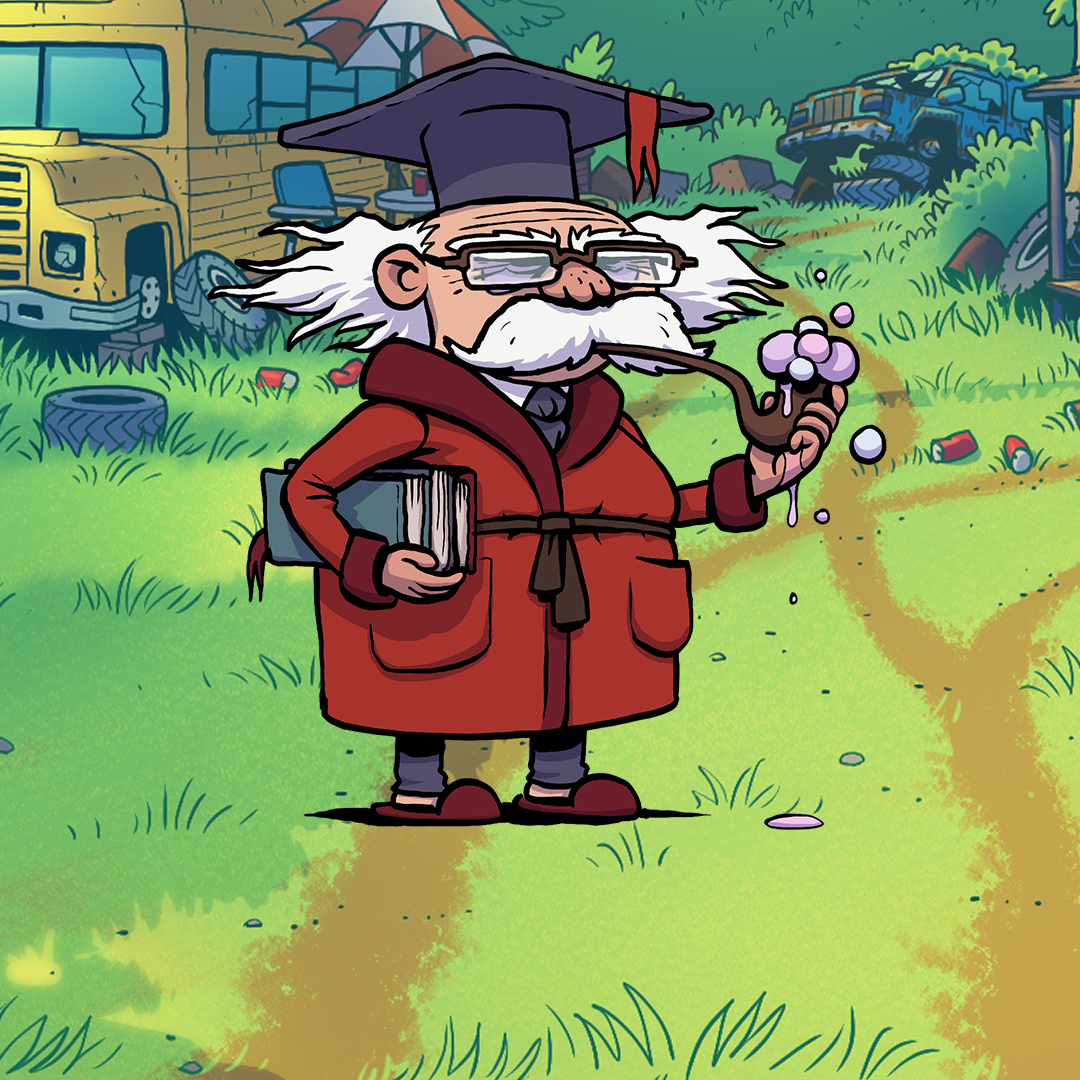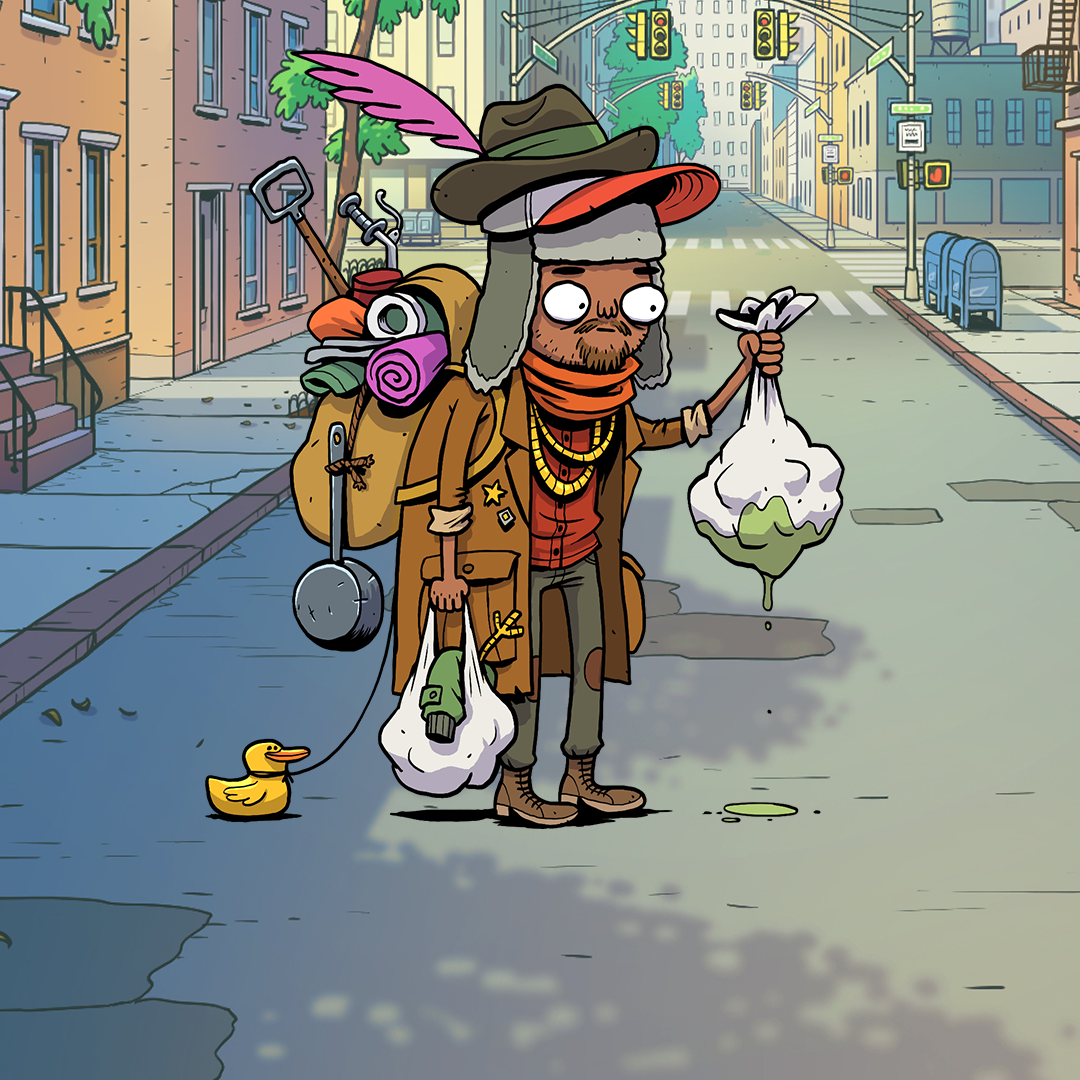Dev Blog: Player Avatars
In our last blog, we spoke a bit about the pawn, the inoffensive and homogenous slab that we wanted to represent just about every character that players choose from. This time, we’ll take a look at those characters.
No Time to Relax originally featured four characters for players to select from, all eager young go-getters naively smiling at the horrors of modern life's daily grind that awaited them. The game’s loading screen even featured a small comic with the characters, hinting at some of the game’s boundless lore.

Later on, we introduced a couple more young bloods, bringing the roster up to six. Then, we added the robot, which serves as the default AI character in single-player games, but is also available for players in online matches.

The robot is a popular pick—unsurprisingly, as many players are drawn to offbeat character choices. We want to lean into this even more for Walk of Life, as we aim to make the game as zany as possible.
When designing the avatars for Walk of Life, we wanted to ensure that players looking for more relatable characters had grounded options. We also brainstormed some more out-there characters, and, well, it’s best to let the character selection screen do the talking.
While it’s unlikely that all of these characters will make it into the game (sorry, Van der Beek), this should give you some idea of the variety we’re aiming for. Why would a common pigeon join the workforce and climb the corporate ladder at the bank? Because it’s funny, that’s why.
We’re still refining how and when our avatars will react to the world around them, but for now, enjoy the two we’ve animated!
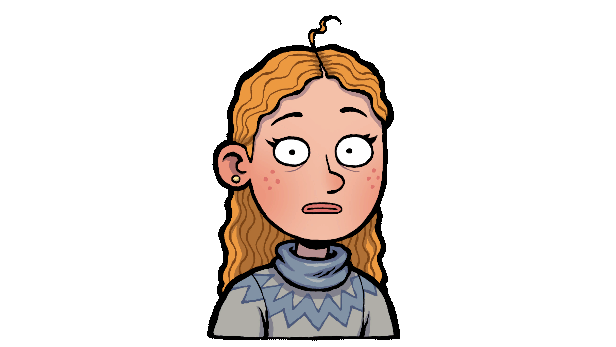

See you next time!


